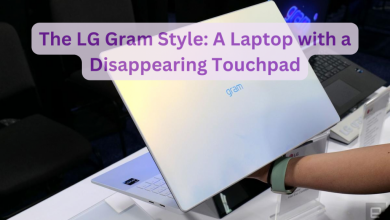QLED and OLED Displays Explained.

Samsung invented, manufactured, and sold QLED, or quantum light-emitting diode, a new form of display. It is based on quantum dot technology, which uses Nano-sized particles known as quantum dots to generate light and colors.
Let’s start with an explanation of the abbreviations. Organic Light Emitting Diode (OLED) and Quantum-dot Light Emitting Diode (QLED) are two different types of OLEDs. Let’s break it down a little. To begin with, almost every modern TV on the market today use LEDs, which are a low-power technique of lighting the screen. Due to its energy economy, LEDs are used in most laptops and desktop monitors. As a result, both OLED and QLED have the same lighting core technology. What about the technology that creates the image?
Quantum dots, which provide small peaks at the exact red, green, and blue components of the backlight light that the pixel utilizes, can be included in the LED backlight, allowing for enhanced color definition.
The display is the next important component of modern television. LCD, or liquid crystal display, is used in the majority of current televisions. As a result, a TV marketed as a “LED TV” is almost certainly an LCD with LED lighting. This is in contrast to other technologies like plasma, which has some advantages over LCDs but uses a lot more power and is more expensive. OLED, on the other hand, is a display that does not rely on LCD technology. OLED technology, on the other hand, can do both the picture and the display illumination at the same time. This offers it a leg up on competing technologies that require a combination of LEDs and display technology.
QLED and OLED.
OLED televisions have been around for a while. While their price used to put them out of reach for the majority of people, they have recently become much more affordable. Samsung’s QLED TV is one of the more recent entries to the market. Many people mistakenly believe that these two types of televisions are identical, but this is not the case.
LED-lit LCD panels with a “quantum dot” layer are still used in QLED TVs. QLED TVs can reach a wider color range and higher brightness than standard LED TVs thanks to this technology.
OLED (Organic LED) televisions are in a whole separate category. There is no LCD panel or backlight on an OLED TV. Instead, you have a genuine LED screen, in which each pixel is a separate LED that emits its own light and can turn on, off, or show any color it desires. This, along with the capacity to modify images down to the pixel level, results in a picture that is incredibly bright, has limitless contrast, accurate blacks, vibrant color, and lightning-fast response times.
If you want the best and can afford the greater price, go with OLED. If you want something more affordable, go with QLED, which is the next best after OLED and better than plasmas in terms of energy efficiency.







